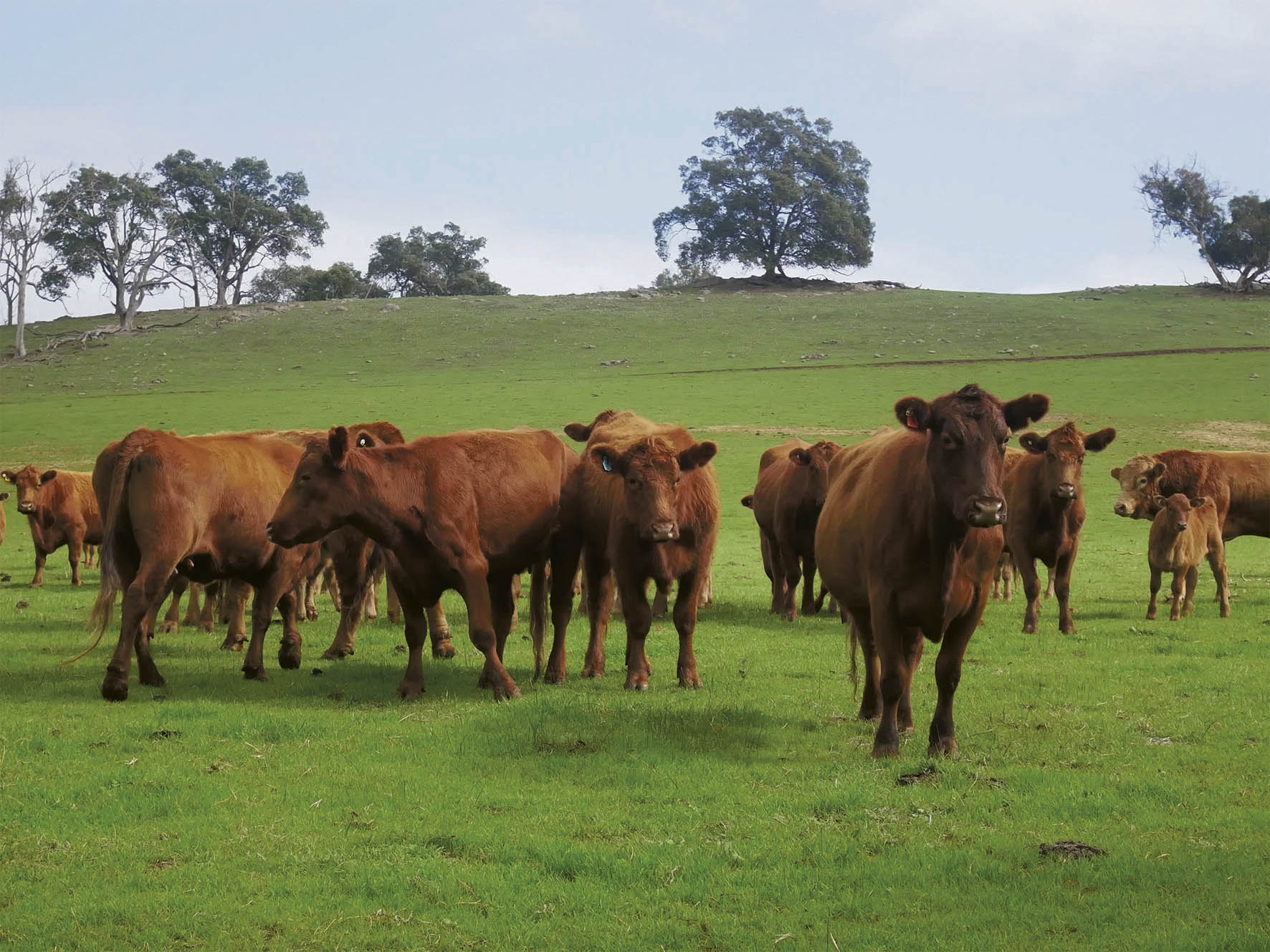Methane and its effects as a potent greenhouse gas and contributor to global warming are well publicised — but is there an environmental difference if the source of the methane is livestock, as opposed to industrialised energy plants?
Author David Mason-Jones believes so. The Small Farms magazine editor and author of the book Should Meat Be on the Menu? has explored the idea that livestock are part of a closed atmospheric carbon cycle, where the carbon they emit is equal to the carbon they take in. This definitely creates a discord to the well-versed media message that livestock farming and meat-eaters are destroying the planet, and may take some adjusting of your own views to fully explore.
David states: “The first step is to deal with the misconception that cattle are just standing there in the middle of the paddock belching vast quantities of completely new carbon in the form of carbon dioxide and methane. This view fails to recognize that livestock cannot ‘make’ any carbon atoms but they get it all from plants which, in turn, get it from the atmosphere by photosynthesis. When the cattle breathe out these gases, all of the carbon they contain returns to the atmosphere again, the place from which it came in the first place. This includes the carbon in the exhaled carbon dioxide, and the carbon in the belched methane. With grazing animals, the carbon comes from the atmosphere and goes back to the atmosphere. No extra carbon is created.”
This differs from how methane is produced in the energy sector; which, according to the government’s State of the Environment report, is Australia’s dominant source of greenhouse gas emissions, accounting for 74% of net emissions. David explains, “These (power plants) burn fossil fuel that comes from a different source than that accessed by the sheep or cattle. As discussed, the cow or sheep gets its carbon from the air, a power station gets it from the ground. After burning the carbon, the power station releases new carbon dioxide to the air. This is new carbon which was not there before the combustion process took place.”
“A further difference between grazing animals and power stations is that the animals can re-use its carbon dioxide waste product by eating more grass. The next mouthful of grass the animal eats represents a new draw-down of carbon dioxide – in the form of carbohydrate chains in the food – from the atmosphere. A power station can never re-use its carbon dioxide waste product. It has to use new coal, new oil or new gas every time.”
Despite living in a country with vast access to renewable energy resources, Australia is still heavily reliant on fossil fuels as a primary energy source and, in particular, the dominant role of coal (an emissions-intensive fuel) in the production of electricity. Perhaps we should be focusing our attention more on reducing greenhouse gas emissions from industry, rather than agriculture whose effects on the atmosphere, if David Mason-Jones is correct, are actually very little.








